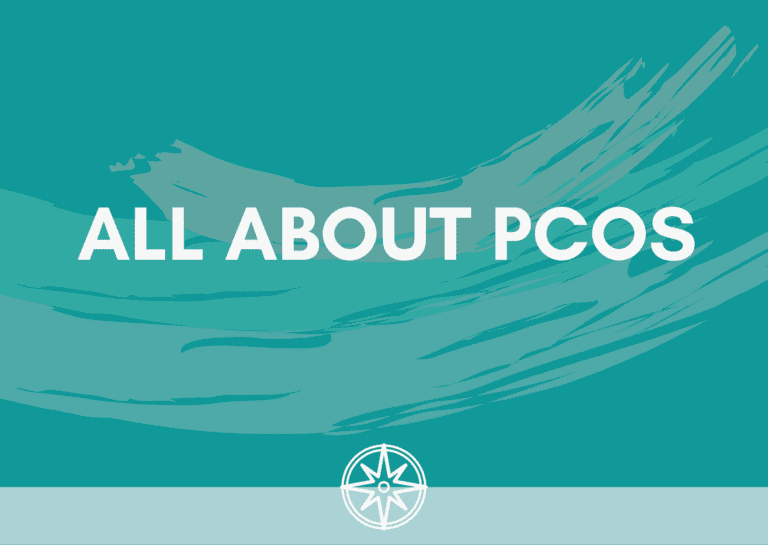As of February 2015
These past few months were very challenging. Last October, I went through a sonohysterosalpingography (SHSG) which is a procedure done to evaluate fallopian tube damage causing a woman not to facilitate a proper fertilisation. The procedure was done in St Lukes in BGC where they did an ultrasound as they infused saline solution to check if there are any blockages in the uterus and the tubes (sorry, TMI). The results came out several hours after and the initial findings was that I had a distal blocked fallopian tube on the left side and a partially blocked fallopian tube on the right side. I was devastated. That only meant one thing:
I could not have a normal pregnancy.
This result bothered me a lot since I have had successful fertilisation in the past having been pregnant twice. I consulted some of the APAS mommies in our Facebook group and they encouraged me to have a second opinion. One of the mommies there (who have successfully given birth to an APAS baby) referred me to Dr. ChiaoLing Sua-Lao who specialises in infertility and laparoscopy. She is also a sonologist so she does the ultrasound on her own.
I went to Dr. Sua-Lao a week after and she scheduled me again for a series of tests – tests that I have never taken before. She asked me if she could repeat the procedure and instead of SHSG, she will perform a hysterogram. Both procedures require the infusion (SHSG uses saline solution, HSG uses radiologic dye); the only difference is the scanning. SHSG uses transV ultrasound while HSG uses X-ray.
I had my HSG at Manila Medical Centre at 7am in the morning. The next day, I was told that I had to repeat the procedure again (free of charge) because the scans were not clear. Oh, the agony! While the pain for this procedure was tolerable, there was great discomfort when the dye is being infused to your body so I would have not wanted to do it again. However, as I always say with all my APAS test, you gotta do what you gotta do!
After the second HSG, I got the best news of the year – I have no blockages! Alleluia! If there was one fear that I succumb to during my most depressing days, it was the fact that more than my immune system problem, I also have an anatomical problem. Good thing I was able to cross that off my list.
I did my first batch of test in Asiatic Laboratory in Binondo. The two tests were around 2K and they sent the results to Dr. Sua-Lao’s office and to my email. These were the numbers:

It seemed like I had a grocery list of reproductive problems to fix. Oh dear!
Dr. Sua-Lao diagnosed me with PCOS or polycystic ovaries.
According to Mayo Clinic, Polycystic ovary syndrome (PCOS) is a hormonal disorder common among women of reproductive age. Women with PCOS may have infrequent or prolonged menstrual periods or excess male hormone (androgen) levels. The ovaries may develop numerous small collections of fluid (follicles) and fail to regularly release eggs. The exact cause of PCOS is unknown. Early diagnosis and treatment along with weight loss may reduce the risk of long-term complications such as type 2 diabetes and heart disease.
What usually comes with PCOS are high prolactin and high insulin values. As you can see above, I have slightly elevated values for both.
According to Mayo Clinic, excess insulin affects the ovaries by increasing androgen production, which may interfere with the ovaries’ ability to ovulate. Huh! So I have more male hormones. Sabi ko na nga ba, lalaki ako eh!
I also had elevated prolactin which also interferes with ovulation. Ugh. According to this website, prolactin may stop a woman from ovulating.
So what do we do next? Treat all those crazies, of course. I am now taking a buffet of pills every day to curb all those values.
1. Parlodel for the prolactin with the following side effects: nausea (49%), headache (19%), dizziness (17%), fatigue (7%), lightheadedness (5%), vomiting (5%), abdominal cramps (4%), nasal congestion (3%), constipation (3%), diarrhea (3%) and drowsiness (3%).
2. Metformin to treat PCOS and insulin with the following side effects: muscle pain or weakness, numb or cold feeling in your arms and legs, trouble breathing, feeling dizzy, light-headed, tired, or very weak, stomach pain, nausea with vomiting; slow or uneven heart rate.
3. Vitamin D3 1000mg
4. Aspirin (for my clotting)
5. Folic Acid as preparation for the baby
6. Caltrate Plus to counter the effects of aspirin to the bones
I stopped my steroids, Prednisone and the hormone-regulating Duphaston just to detox myself from the medicine (with doctor’s permission, of course!) but these two new drugs (which I just took yesterday) are driving me crazy! Silent goading: You gotta do what you gotta do!
On the more natural side of treating myself, I was advised to:
1. Eat more vegetables.
2. Lessen red meat; eat more white meat.
3. Stop drinking milk (as it can result to higher levels of insulin)
4. Exercise daily.
5. Replace white rice with brown rice.
The first four I have been religiously following. I am trying to eat more vegetables through my green smoothies. Husband and I stocked up on chicken breasts, haha! I have also shifted from dairy to soya milk and for the past week, been trying to take 5,000 steps each day by jogging around the village. As for the brown rice… uhh, maybe next week ?
I know that all these things could really be a lifestyle backfire – all the stress I have been harbouring and all the unhealthy eating. I am slowly recuperating and I hope that one day soon, all of this would come to fruition. I would probably be the happiest woman in the world when that happens.
xoxo,







